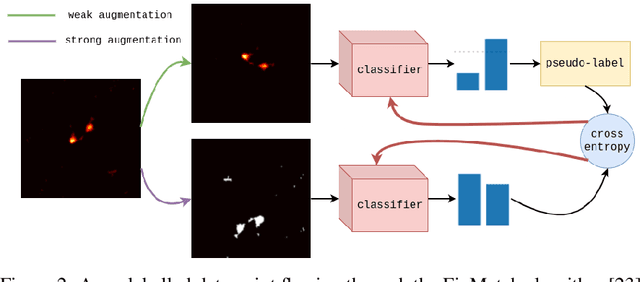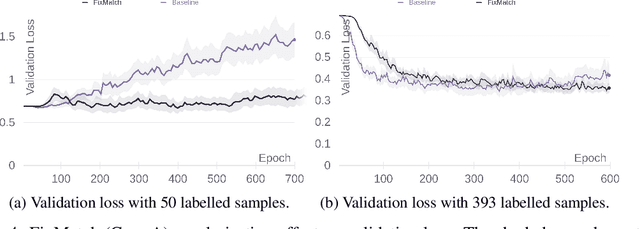Can semi-supervised learning reduce the amount of manual labelling required for effective radio galaxy morphology classification?
Paper and Code
Dec 01, 2021



In this work, we examine the robustness of state-of-the-art semi-supervised learning (SSL) algorithms when applied to morphological classification in modern radio astronomy. We test whether SSL can achieve performance comparable to the current supervised state of the art when using many fewer labelled data points and if these results generalise to using truly unlabelled data. We find that although SSL provides additional regularisation, its performance degrades rapidly when using very few labels, and that using truly unlabelled data leads to a significant drop in performance.
* Accepted in: Fourth Workshop on Machine Learning and the Physical
Sciences (35th Conference on Neural Information Processing Systems;
NeurIPS2021); final version
 Add to Chrome
Add to Chrome Add to Firefox
Add to Firefox Add to Edge
Add to Edge